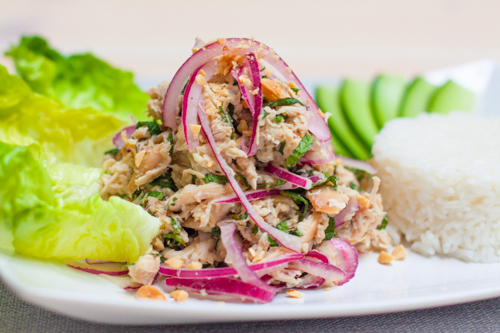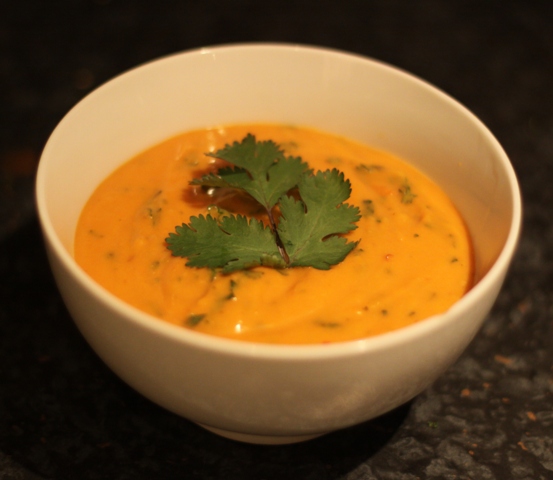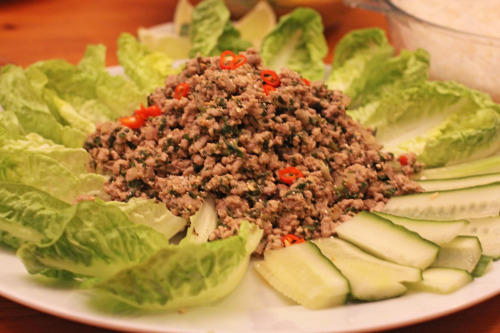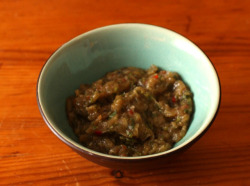Recipes for lockdown: Thai fish cakes
 Friday, April 24, 2020 at 9:03PM
Friday, April 24, 2020 at 9:03PM 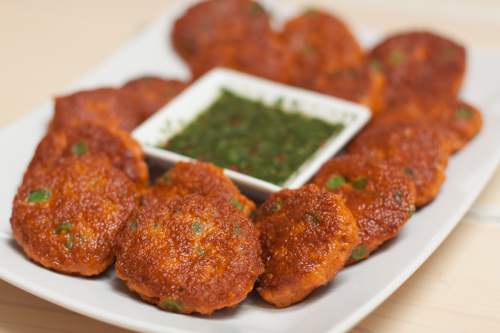
If you have some leftover red curry paste from my last lockdown recipe, then this is a great way to use it up.
Thai fishcakes are one of my favourite Thai snacks. I often make them as a canapé or starter for an Asian themed meal, because they are incredibly easy, but deceptively so – people are always very impressed that I have made them from scratch. I prepare the mix ahead of time and shallow fry them till golden on the outside, but not cooked through, then finish them in the oven when I am ready to serve. Less faff and means I can actually talk to my guests.
The fish cake recipe is based on David Thompson’s, but with a few of the more exotic, hard to find ingredients replaced with things you can easily get in your local supermarket. If you can’t get fresh kaffir lime leaves, don’t substitute for dried, just skip them or use zest of lime instead. Likewise, the original recipe calls for snake beans, but I have never seen them in a shop in London, Asian or otherwise, so I just use fine green beans.

